The ancient settlement on the site of modern Paphos arose in the Neolithic era. The cult of Aphrodite flourished here, which, according to legend, came out of the sea foam on one of the beaches a dozen kilometers from the place where the city later grew up.
Historically, the city is divided into several parts, which arose at different times as independent settlements. The oldest of them, Palea-Paphos (Old Paphos), was founded by the Phoenician Kinir.
The founder of Nea-Paphos (New Paphos) and one of its most famous attractions — the temple of Aphrodite, the ruins of which have survived to this day, is the warrior Agapenor, one of the heroes of the Trojan War.
For a long time Palea Paphos was considered the religious center of the region, and Nea Paphos was considered the political center. However, after the earthquake that destroyed most of the Old City and the center of religious worship — the sanctuary of Aphrodite, Nea-Paphos gained more influence.
In the IV century BC, during the decline of Salamis, Paphos became the capital of the island, and most of the outstanding architectural monuments were built in the II-III centuries AD, during the reign of the Romans.
Like other major cities of ancient Cyprus, Paphos suffered greatly from earthquakes and Arab raids — after them, around 647 AD, a new settlement was founded — Pano-Paphos (“upper” Paphos), where, over time, the life of the townspeople flowed.
Already at the end of the XX century, Old Paphos, which became a place of attraction for tourists, was included in the UNESCO World Heritage List.
Today, in the archaeological park of Paphos, you can see many ancient buildings: the houses of Theseus, Aeon, Orpheus and Dionysus, decorated with amazing mosaics, the ancient odeon (theater), the ruins of the temple of the god of medicine and healing Asclepius, the foundation, columns and fragments of mosaic floors left from the three-nave basilica of Panagia Limeniotissa (V century). In addition, the Byzantine fortress of Saranta-Kolones is located in the park.


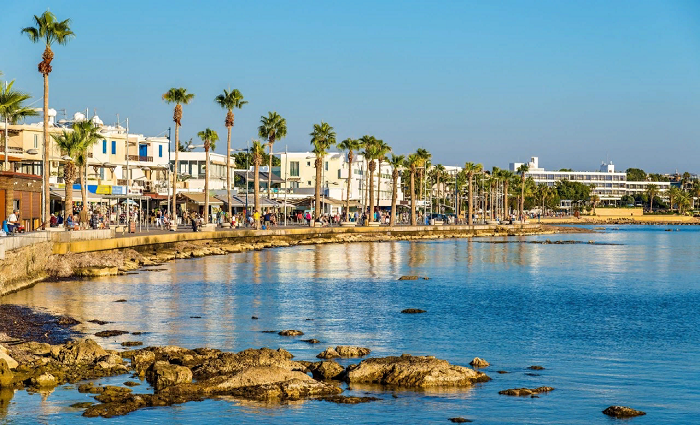
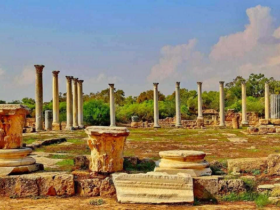



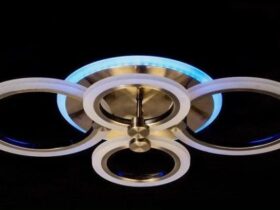
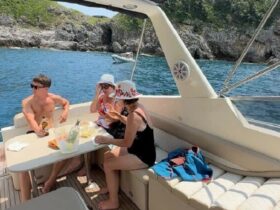







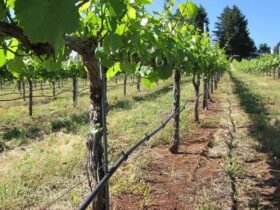
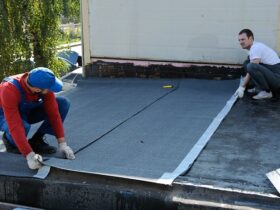
Leave a Reply